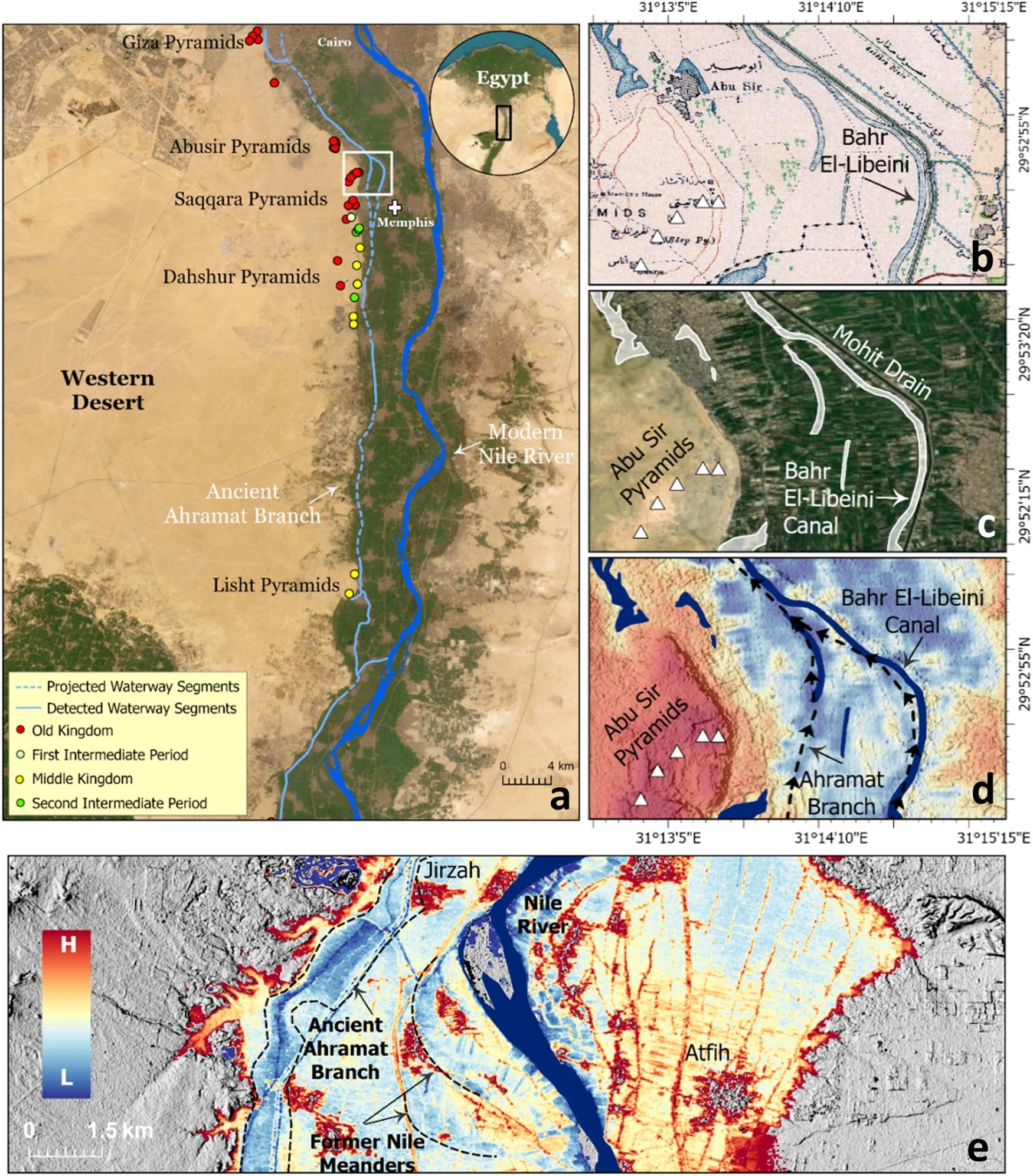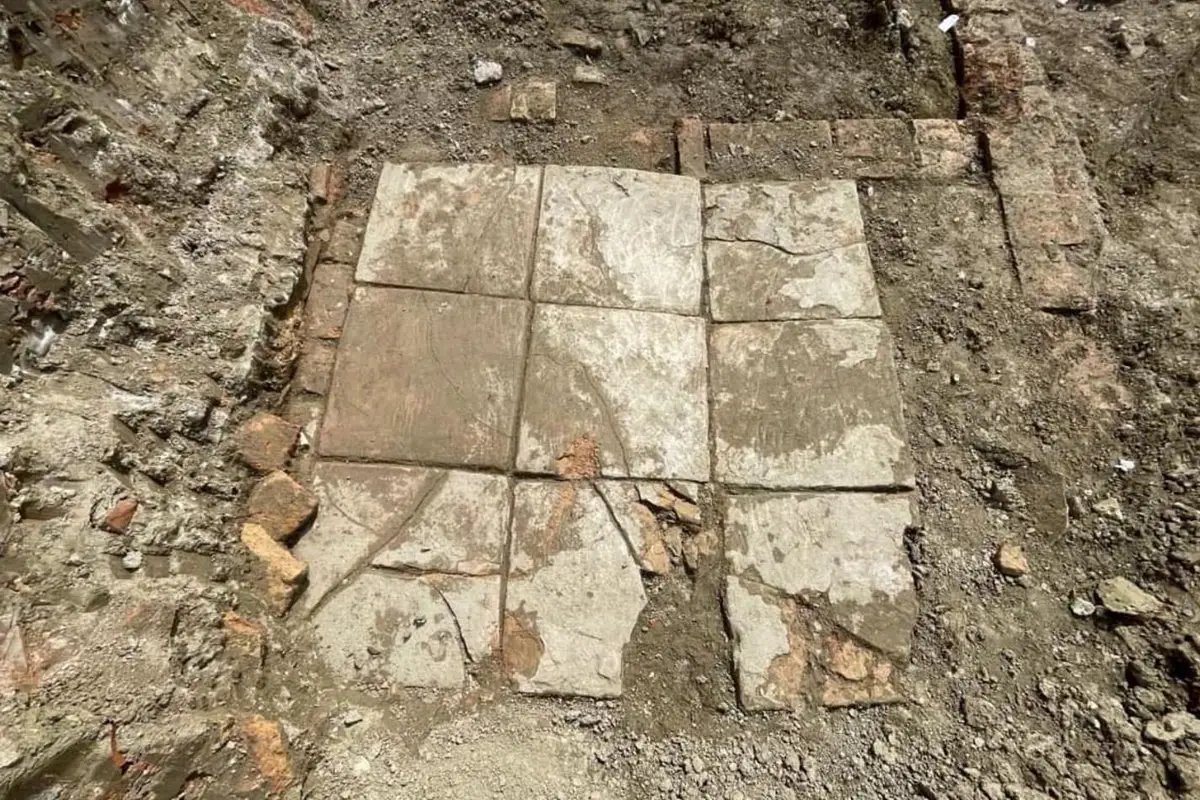Archaeology
18th century British warship found in Dry Tortugas National Park
Archaeologists have identified the sunken remains of the HMS Tyger, an 18th century British warship that sunk in 1742.
The wreck site was first discovered in 1994 and then survey by researchers from the Dry Tortugas National Park, the Submerged Resources Centre, and the Southeast Archaeological Centre.
Launched in 1647 at Woolwich, England, the HMS Tyger was a Fourth-Rate frigate and the third ship of the Royal Navy to bear the name.
By successive refitting’s she served for almost a century, participating in the Siege of Colchester during the English Civil War, the pursuit of Prince Rupert to the West Indies, and the First and Second Anglo–Dutch Wars.
In 1741, the HMS Tyger was ordered to Cuba under the command of Captain Edward Herbert. Her orders were to blockade Spanish ships heading to Mexico, Havana, Cuba and Vera Cruz.
While sailing the route from Havana to Vera Cruz, the ship was grounded on a reef, forcing the crew to abandon ship and make camp on Garden Key. According to the ship’s logbooks, the crew attempted to refloat the vessel, but it eventually succumbed to damage from the grounding and sank in shallow water.
The crew were marooned for 66 days on Garden Key, but would eventually use makeshift vessels made from salvaged pieces of the HMS Tyger and make a 700-mile escape through enemy waters to Port Royal, Jamaica.
A survey in 2021 found five cannons approximately 457 metres from a wreck site located off the coast of Garden Key. Based on the size of the cannons and the wreck location matching historical sources, researchers from the National Park Service have now identified the wreck to be the HMS Tyger.
“Archaeological finds are exciting, but connecting those finds to the historical record helps us tell the stories of the people that came before us and the events they experienced,” said Park Manager James Crutchfield. “This particular story is one of perseverance and survival. National parks help to protect these untold stories as they come to light.”
The wreckage of HMS Tyger and its associated artefacts are under the jurisdiction of the British Government as per international treaty, signifying their sovereign ownership.
Header Image Credit : Brett Seymour
Sources : National Park Service (NPS)
This content was originally published on www.heritagedaily.com – © 2023 – HeritageDaily
Archaeology
Groundbreaking study reveals new insights into chosen locations of pyramids’ sites

A groundbreaking study, published in the journal Communications Earth & Environment, has revealed why the largest concentration of pyramids in Egypt were built along a narrow desert strip.
Since the beginning of the Pharaonic era, the Nile River has played a fundamental role in the rapid growth and expansion of the Egyptian civilisation.
The Nile provided sustenance and functioned as the primary mode of transportation for goods and building materials, which explains why most of the main cities of the Egyptian civilisation were built in close proximity to the banks of the Nile and its peripheral branches.
Over the centuries, the primary channel of the Nile shifted laterally, causing these peripheral branches to silt up. As a result, population centres were cut off from the vital resources the river provided.
Image Credit : Eman Ghoneim et al
This is apparent with the pyramids along the Western Desert Plateau, where a majority of the pyramids are concentrated along a narrow desert strip several kilometres from the current primary channel of the Nile.
Using a combination of radar satellite imagery, geophysical data, and deep soil coring, the study has investigated the subsurface structure and sedimentology in the Nile Valley adjacent to the pyramid clusters.
This has revealed an extinct branch of the primary channel called the Ahramat Branch, which was connected to the pyramids of the Old and Middle Kingdoms via causeways and their Valley Temples.
According to the study authors: “The Ahramat Branch played a role in the monuments’ construction and was simultaneously active and used as a transportation waterway for workmen and building materials to the pyramids’ sites.”
The eastward migration and abandonment of the Ahramat Branch could be attributed to gradual movement of the river to the lower-lying adjacent floodplain or tilting of the Nile floodplain toward the northeast as a result of tectonic activity, as well as windblown sand incursion due to the branch’s proximity to the Western Desert Plateau.
Header Image Credit : Eman Ghoneim et al
Sources : Ghoneim, E., Ralph, T.J., Onstine, S. et al. The Egyptian pyramid chain was built along the now abandoned Ahramat Nile Branch. Commun Earth Environ 5, 233 (2024). https://doi.org/10.1038/s43247-024-01379-7
This content was originally published on www.heritagedaily.com – © 2023 – HeritageDaily
Archaeology
Archaeologists find Roman villa with ornate indoor plunge pool

Archaeologists from the National Institute of Cultural Heritage have uncovered a Roman villa with an indoor plunge pool during excavations at the port city of Durrës, Albania.
During antiquity, Durrës was founded by Ancient Greek colonists from Corinth and Corcyra.
The colony emerged into a major trading centre, which during the Roman period was annexed into the expanding territory of the Roman Republic following the conclusion of the Illyrian Wars.
By the 4th century, the city (named Dyrrachium), emerged as the capital of the Roman province of Epirus nova, covering the region of Ancient Epirus.
Image Credit : IKTK
Archaeologists excavating a former residential part of the ancient city have uncovered a high status Roman villa that dates from between the 1st and 4th century AD.
The villa interior contains an indoor pool, richly decorated with frescoes on the walls and mosaic flooring with tiles and inlays of marble, stone, glass and ceramics. Located adjacent to the pool are shallow square basins lined with waterproof mortar, believed to be the remains of an ancient water feature.
Within the northern area of the excavation site, archaeologists found a large brick floor from a thermae, a Roman bath, and further traces of walls from the wider complex.
In the western area, the team discovered fragments of relief stucco that was used to decorate the walls and ceilings of the villa. The reliefs depict anthropomorphic and floral motifs, further indicating the wealth of the villa inhabitants.
According to the archaeologists, the villa was destroyed by an earthquake in the 4th century, corresponding with ancient sources that describe a powerful earthquake causing buildings to collapse and the city defences to crumble.
Header Image Credit : IKTK
Sources : National Institute of Cultural Heritage
This content was originally published on www.heritagedaily.com – © 2023 – HeritageDaily
-

 Ghosts2 years ago
Ghosts2 years agoZozo: The Ouija Board Demon
-

 Space2 years ago
Space2 years agoScientists claim to have found the answer what existed before the Universe
-

 Ghosts2 years ago
Ghosts2 years agoOld Coot of Mount Greylock
-
Archaeology1 year ago
New discoveries at Ekʼ Balam during conservation works
-

 General3 years ago
General3 years agoUC San Francisco engaging in horrifying experiments, organ harvesting of live babies in the name of “science”
